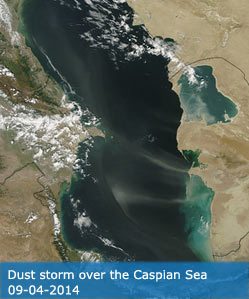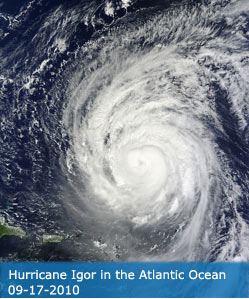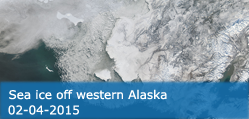Science Team
Publications
Le, MH; Bolten, JD; Whitney, KM; Johnson, DM; Mueller, R; Mladenova, IE (2024). On the Use of SMAP Soil Moisture for Forecasting NDVI Over CONUS Cropland Regions. GEOPHYSICAL RESEARCH LETTERS, 51(20), e2024GL111187.
Abstract
Vegetation health forecasting (NDVI as a proxy) informs decision-makers about the end of season crop yield productivity but is not well-documented. This study tests improvements in vegetation health forecasting by developing a data-driven Dynamic Agricultural Productivity Indicator (DAPI), which simultaneously incorporates satellite-based root zone soil moisture (RZSM) and satellite-based NDVI data. RZSM is estimated via data assimilation of satellite based SMAP SM dataset. We employ the proposed DAPI forecast across four cropland types in the CONUS, including corn, cotton, soybeans, and wheat. Results demonstrate superior performance of the DAPI forecasts compared to climatology-based NDVI forecasts, with the largest improvements in water-limited regions. DAPI shows particularly good performance during hydrologic disturbances such as floods and droughts. To this end, the DAPI approach is useful in estimating future vegetation health for identifying potential food-insecure areas, predicting crop price changes, and projecting expected commodities market trends. Crop vegetation health can impact crop productivity. Monitoring the dynamics of vegetation health during the growing season informs decision-makers about potential yield productivity. However, research in this area is not well-documented-most crop forecasting models employ stochastic modeling approaches or are based on simple regression of observed NDVI climatology. This study proposes a method to forecast vegetation health by leveraging satellite-based soil moisture, vegetation indices, and a strategic regression approach. We use the NDVI from satellite data as a proxy for vegetation health. Additionally, we utilize NASA Soil Moisture Active Passive (SMAP) satellite data to enhance a water balance model that simulates root zone soil moisture (RZSM) in deeper soil layers. We combine RZSM with NDVI values to predict NDVI during the growing season at 16 day intervals. Compared to the long-term average NDVI, our NDVI forecasting approach shows the largest improvements in water-limited regions and during extreme events such as floods and droughts. SMAP-based root zone soil moisture is a useful predictor for improving NDVI-based crop forecasting Compared to long-term average NDVI, the greatest forecast skill improvements are found in water-limited environments SMAP-based NDVI forecasting demonstrates significant skill in tracking NDVI dynamics during hydrologic disturbances
DOI:
10.1029/2024GL111187
ISSN:
0094-8276




